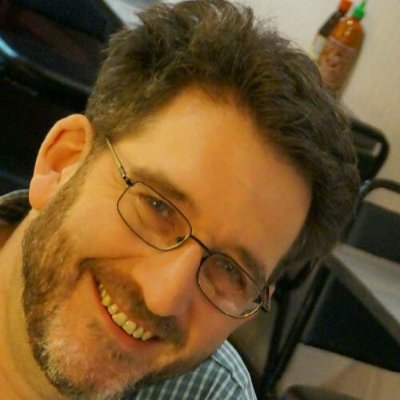This week’s parasha is the double portion Nitzavim/Vayelekh. At the beginning of the parasha Moses tells the Jewish people, “You stand this day, all of you, before the Eternal your God…to enter into the covenant of the Eternal your God, which the Eternal your God is concluding with you this day…that God may establish you this day as God’s people and be your God.”
Three times, Moses stresses the phrase, “this day,” emphasizing the contemporaneity of God’s outreach to the Jewish People. Rashi notices this repetition, and comments that the chorus of “this day” indicates that “just as this day enlightens, so will God enlighten [the Jewish People] in the future.” The text reminds us that even now, each one of us stands before God “this day” because God is always present to us. This relationship that continues from generation to generation reminds us not only of our own connection to God, but that of our ancestors and our future descendants as well. We have stood, stand, and will stand in God’s presence, surrounded and filled with the power of Divinity, if we only recognize this. God’s presence will then continue to enlighten us for all time. The text applies this teaching to the Jewish people, but we can understand it as applying to all who choose to connect with the Divine within their lives.
Traditionally, the way to connect with the Divine has been by following the path of mitzvot/commandments. Halakha, usually mistranslated as “Jewish law,” but coming from the Hebrew root “to walk”, has traditionally shown us the path. For us today we often ignore halakha because, as Reconstructionists, we don’t see ourselves as halakhic Jews (as do the Conservative and Orthodox branches of Judaism). But the reality is that we still need halakha—a way to go or path to walk—to help us connect to God and the Jewish people. We may need to continually reconstruct halakha to give it meaning for us today, but as Reconstructionists we should remember that we consider ourselves to be a movement that is constantly creating new ways of relating to tradition. In an issue of Reconstructionism Today, Dan Cederbaum wrote an article titled Reconstructing Halakha, subtitled “Think kosher, act treyf.” Though this statement might seem heretical to some traditionally minded Jews, it makes perfect sense in a Reconstructionist context. We may outwardly seem to be not observing halakha as it is traditionally understood, but it is the intention of using our actions to connect us to God and the Jewish people that makes our actions “kosher” within the realm of a Reconstructionist understanding of halakha.
Ultimately this comes down to choice, whic brings us to one of the final, and most familiar, passages from the parasha. Here we read, “I call heaven and earth to witness against you this day: I have put before you life and death, blessing and curse. Choose life…by loving the Eternal your God, heeding God’s commands, and holding fast to God.” (Deuteronomy 30:19-20). This verse is meant to remind us that, though we are given a suggested path down which we should walk, we must ultimately exercise our free will and choose the path we are to take. Hopefully, this will be the path towards blessings and life and not the path towards curses and self-destruction.
Our sages, in Midrash Tanhuma (Re’eh 3) expressed this beautifully in a parable: “An old man sat on a highway from which there branched two roads: [one full of thorns at the beginning but level at the end], and the other level at the beginning but full of thorns at the end. So he sat at the fork of the road and cautioned passersby, saying, “Even though the beginning of this road is full of thorns, follow it, for it will turn level in the end.’ Whoever sensibly heeded the old man and followed that road did get a bit weary at first, to be sure, but went on in peace and arrived in peace. Those who did not heed the old man set out on the other road and stumbled in the end. So it was with Moses, who explicitly said to Israel, ‘I call heaven and earth to witness against you this day: I have put before you life and death, blessing and curse. Choose life, that you and your offspring may live.’”
Choosing the right path is a difficult task, but we have the teachings of our people and the power of the Divine working through us to help us make the choice. At first negotiating the path of creating a Reconstructionist halakha, a creative and innovative “way to go” that is still rooted in our tradition, may seem a difficult path to walk. It may seem as if we have to clear away too many thorns. It may seem as if the path will never become clear and level. However, if we walk the path together as a community of seekers and if we trust ourselves and choose the path that may at first seem more difficult, we will eventually end up on the clear and even path that is filled with peace and that leads us to a meaningful life.
As we approach the Yamim Noraim—the Days of Awe—let us remember this important lesson. Let us use the process of teshuvah/repentance/return to help us find the right path, both together and as individuals, so that we can say that we have truly chosen Life.
Editor’s note: since the writing of this D’var Torah, the three-volume Reconstructionist Guide to Jewish Practice has made important progress toward the crafting of Reconstructionist halakha.








